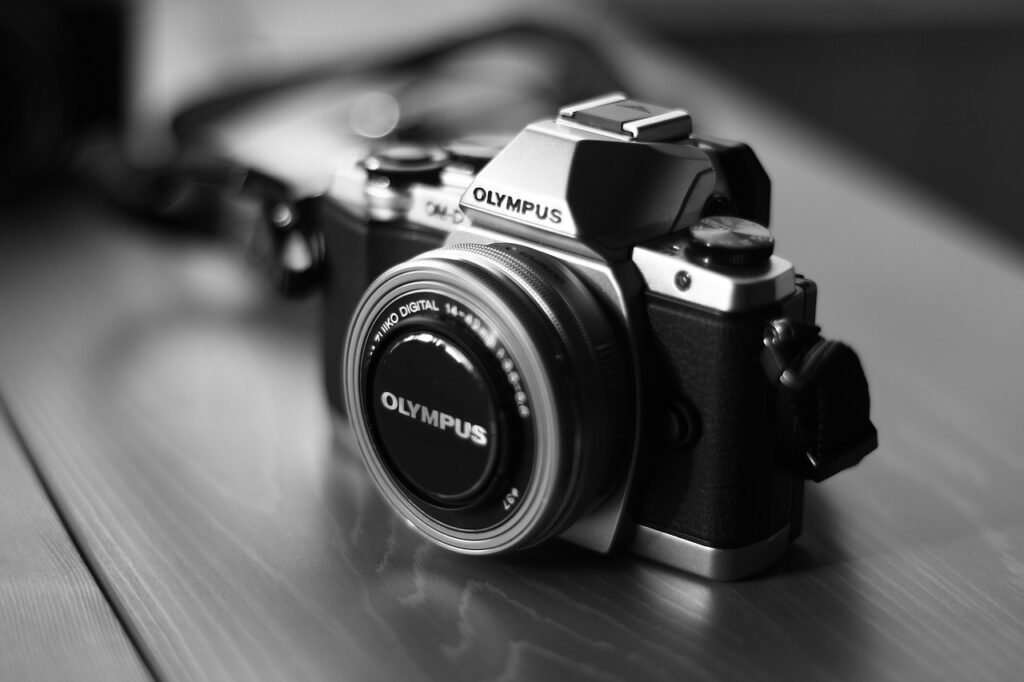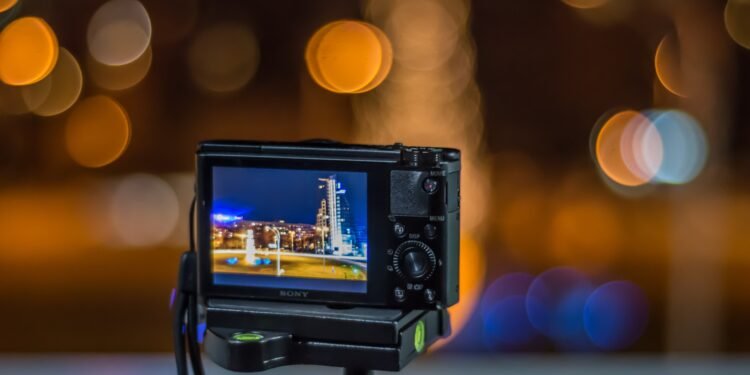The digital camera’s roots can be traced back to the 1970s when engineers began experimenting with electronic sensors to capture and store images digitally. However, it wasn’t until the late 1980s and early 1990s that consumer-friendly digital cameras started emerging.
From Pixels to Megapixels
One of the significant milestones in digital camera evolution was the transition from measuring image quality in pixels to megapixels. This change represented the camera’s ability to capture more details, leading to sharper and more vibrant photographs. Today, even entry-level digital cameras boast impressive megapixel counts, offering users unprecedented clarity.
Compact to Mirrorless
The digital camera landscape saw another seismic shift with the rise of mirrorless cameras. Traditionally, digital cameras featured a mirror mechanism for optical viewfinders, but mirrorless models eliminated this, reducing the camera size and weight. This change also allowed for faster autofocus and continuous shooting, making mirrorless cameras a favorite among professionals and enthusiasts alike.
Smart Features and Connectivity

Modern digital cameras are not just about capturing still images; they are versatile devices with an array of smart features. From advanced autofocus systems to in-camera image processing, these features enhance the overall photography experience. Furthermore, built-in Wi-Fi and Bluetooth connectivity enable seamless sharing of images across devices, making it easier than ever to showcase your creativity.
Video Capabilities
The evolution of digital cameras isn’t limited to still photography. Many contemporary models excel in capturing high-quality videos. With features like 4K video recording, high frame rates, and advanced stabilization technology, digital cameras have become powerful tools for videographers, vloggers, and content creators.
Artificial Intelligence and Computational Photography
The integration of artificial intelligence (AI) has ushered in a new era of computational photography. Cameras can now recognize scenes, optimize settings automatically, and even enhance image quality through AI-based algorithms. This not only simplifies the photography process but also opens up creative possibilities for users of all skill levels.
The Future of Digital Cameras
As technology continues to advance, the future of digital cameras holds exciting possibilities. From improved sensor technology to enhanced AI capabilities, photographers can look forward to even more innovative features. The integration of virtual and augmented reality elements may further redefine how we capture and experience images.
In conclusion, the digital camera has come a long way since its inception, evolving into a sophisticated and user-friendly device that caters to a wide range of photography needs. Whether you’re a professional photographer or a casual enthusiast, the world of digital cameras offers a plethora of options to capture and immortalize your moments in the most vivid and creative ways possible.

Richard Westman is a seasoned technology enthusiast with over a decade of experience in the world of tech journalism. He brings a wealth of knowledge and insight into the latest innovations and industry developments. As an experienced tech editor, Richard specializes in simplifying complex technological concepts, from smartphones to emerging trends like AI and blockchain. With his deep understanding and passion for technology, Richard is your trusted guide in navigating the digital landscape. Whether it’s new tech trends or exploring cutting-edge technologies, he is dedicated to empowering readers to embrace technology with confidence and curiosity.



















